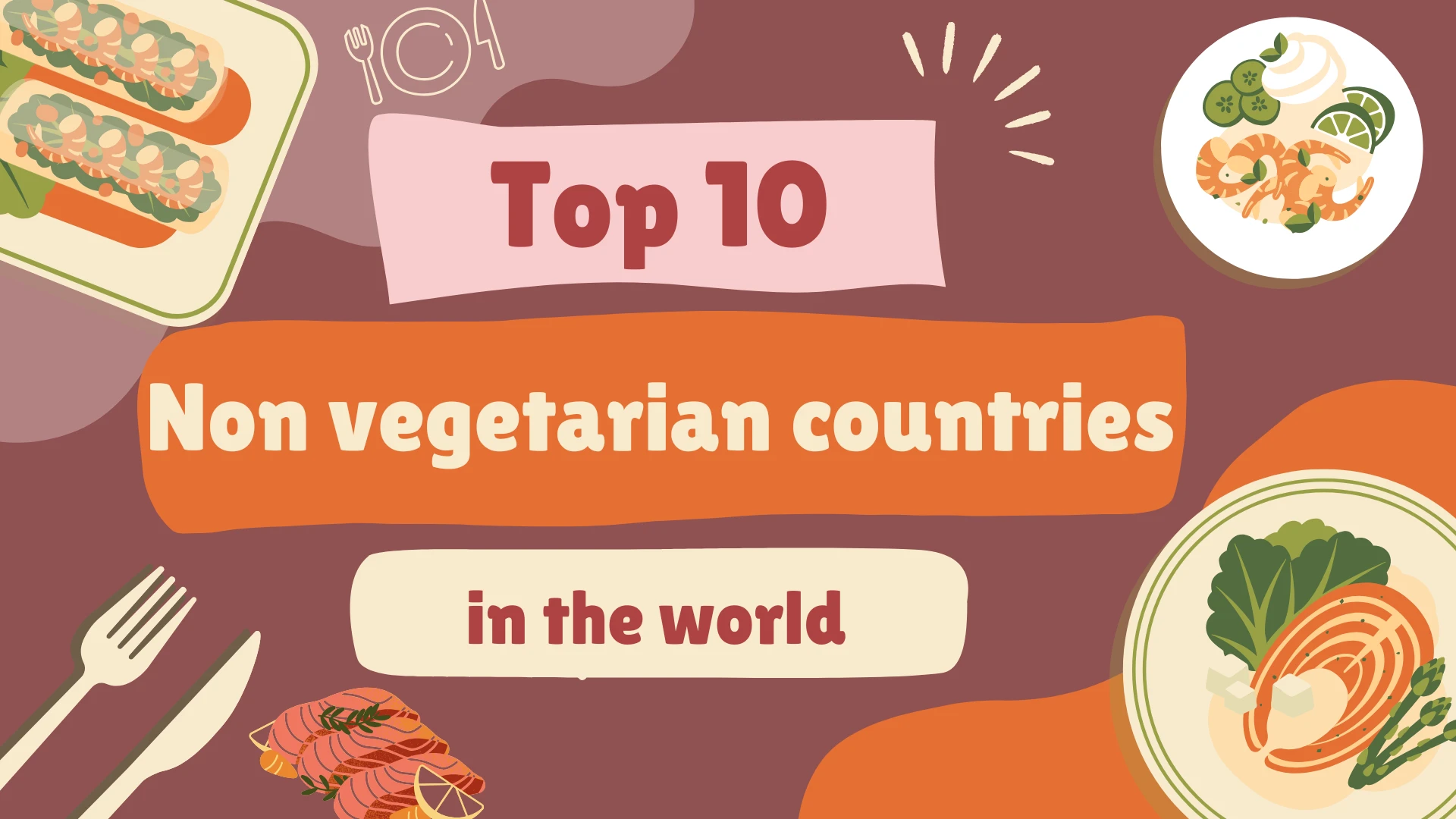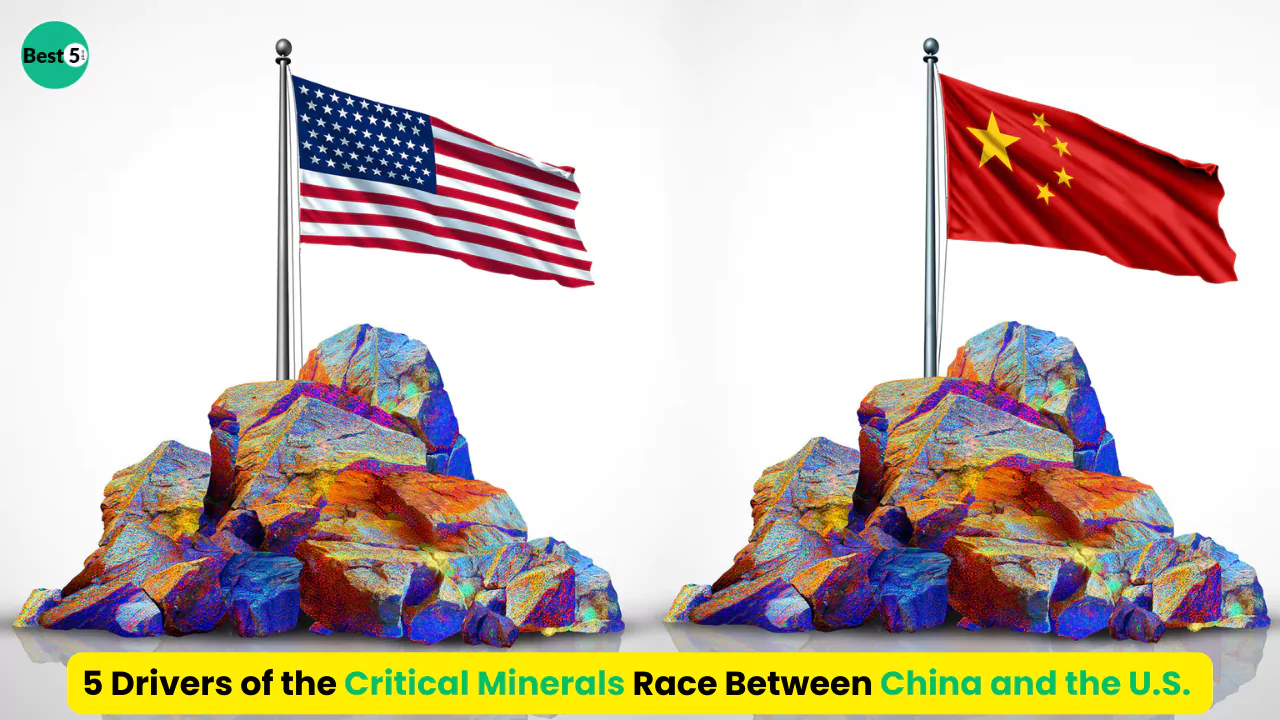Top 10 Non Vegetarian Countries in the World is a fascinating topic that highlights how meat influences culture, cuisine, and daily life across the globe.
While vegetarianism is growing in popularity in many places, there are countries where meat is more than just a food group it’s a way of life.
From sizzling barbecues in the United States to smoky grills in Argentina, meat remains the centerpiece of countless national cuisines.
In this article, we explore the Top 10 Non Vegetarian Countries in the World based on consumption habits, food culture, popular meats, and iconic dishes.
10. Italy
- Average Meat Consumption: ~80–85 kg per person per year
- Known For: Prosciutto, salami, osso buco, veal Milanese, porchetta
- Popular Meats: Pork, beef, veal, seafood
- Meat in Culture: Integral to regional recipes, festivals, and Sunday family meals
- Culinary Influence: Emphasis on quality, traditional curing, and artisanal techniques
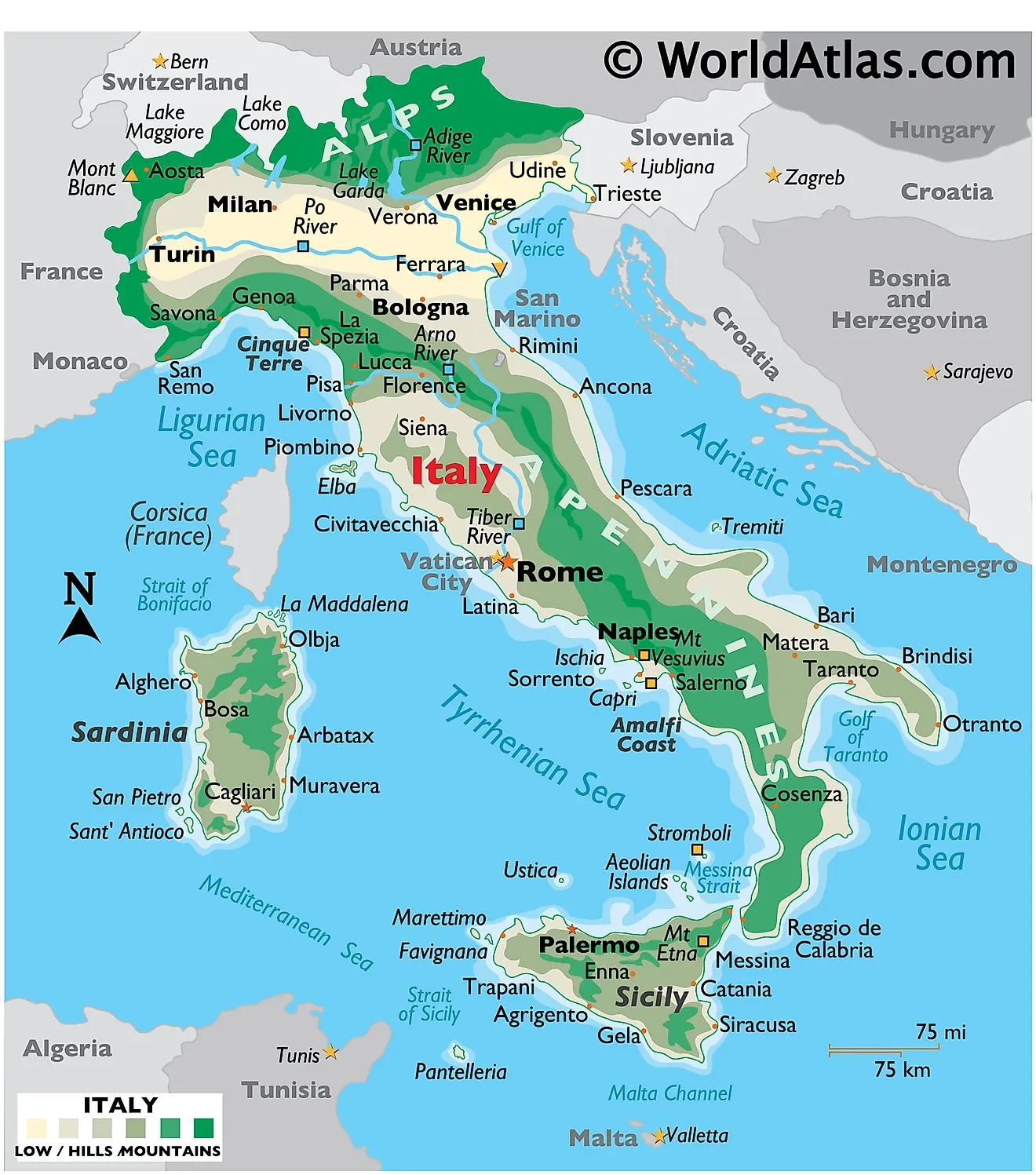
Italian cuisine may be celebrated worldwide for its pasta and pizza, but beneath those carb-loaded classics lies a nation with a deep appreciation for animal protein. Across its twenty regions, Italy offers a wide spectrum of non-vegetarian dishes that reflect both its geography and centuries-old traditions.
In the north, hearty meals like ossobuco alla Milanese (veal shank braised with wine and vegetables) showcase the local preference for slow-cooked, richly flavored meats. Meanwhile, central regions bring forth delights such as porchetta a savory, fatty, and herb-stuffed pork roast served during festivals and street markets.
Even in the south, where seafood dominates, dishes like calamari ripieni (stuffed squid) prove that Italians embrace every form of non-vegetarian cuisine. When discussing the Top 10 Non Vegetarian Countries in the World, Italy deserves its spot not only for variety but for turning meat into art.
9. Canada
- Average Meat Consumption: ~80–85 kg per person per year
- Known For: Alberta beef, smoked meat, wild game, salmon, poutine with meat gravy
- Popular Meats: Beef, pork, game meat, seafood
- Meat in Culture: Strong Indigenous traditions; BBQ and hunting are common
- Culinary Influence: Multicultural with global meat dishes (shawarma, curries, BBQ)
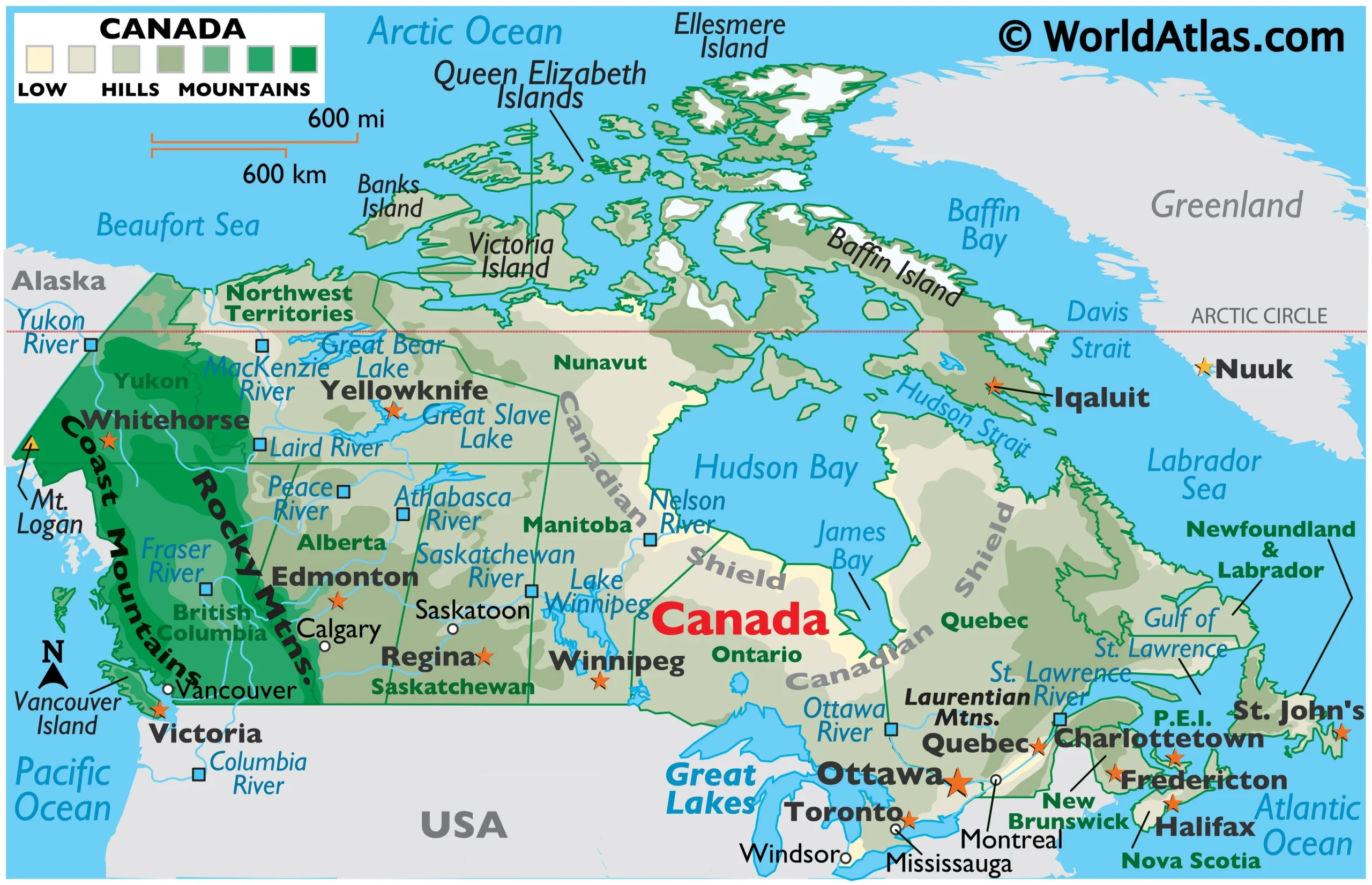
Stretching from the Atlantic to the Pacific, Canada’s food culture is as vast as its geography. While maple syrup and poutine might steal headlines, Canada’s deep connection with meat is undeniable.
In the forests of the Yukon and the plains of Alberta, wild game like elk, venison, and bison remain part of Indigenous culinary traditions, while in cities like Toronto and Vancouver, the multicultural population brings flavors from all corners of the world ranging from Korean BBQ to Middle Eastern shawarma.
The country’s ranching industry is also thriving, especially in Alberta, where high-quality beef is produced and consumed both domestically and internationally.
Whether it’s smoked Montreal-style brisket or freshly grilled Atlantic salmon on an open fire, Canada is not only diverse in people but also in its meat-centric dishes, justifying its inclusion in the Top 10 Non Vegetarian Countries in the World.
8. New Zealand
- Average Meat Consumption: ~85–90 kg per person per year
- Known For: Roast lamb, venison, hangi (traditional Māori pit-roast)
- Popular Meats: Lamb, beef, venison, pork
- Meat in Culture: BBQ and farm-to-table deeply rooted in lifestyle
- Culinary Influence: Minimal seasoning, focus on natural meat flavor
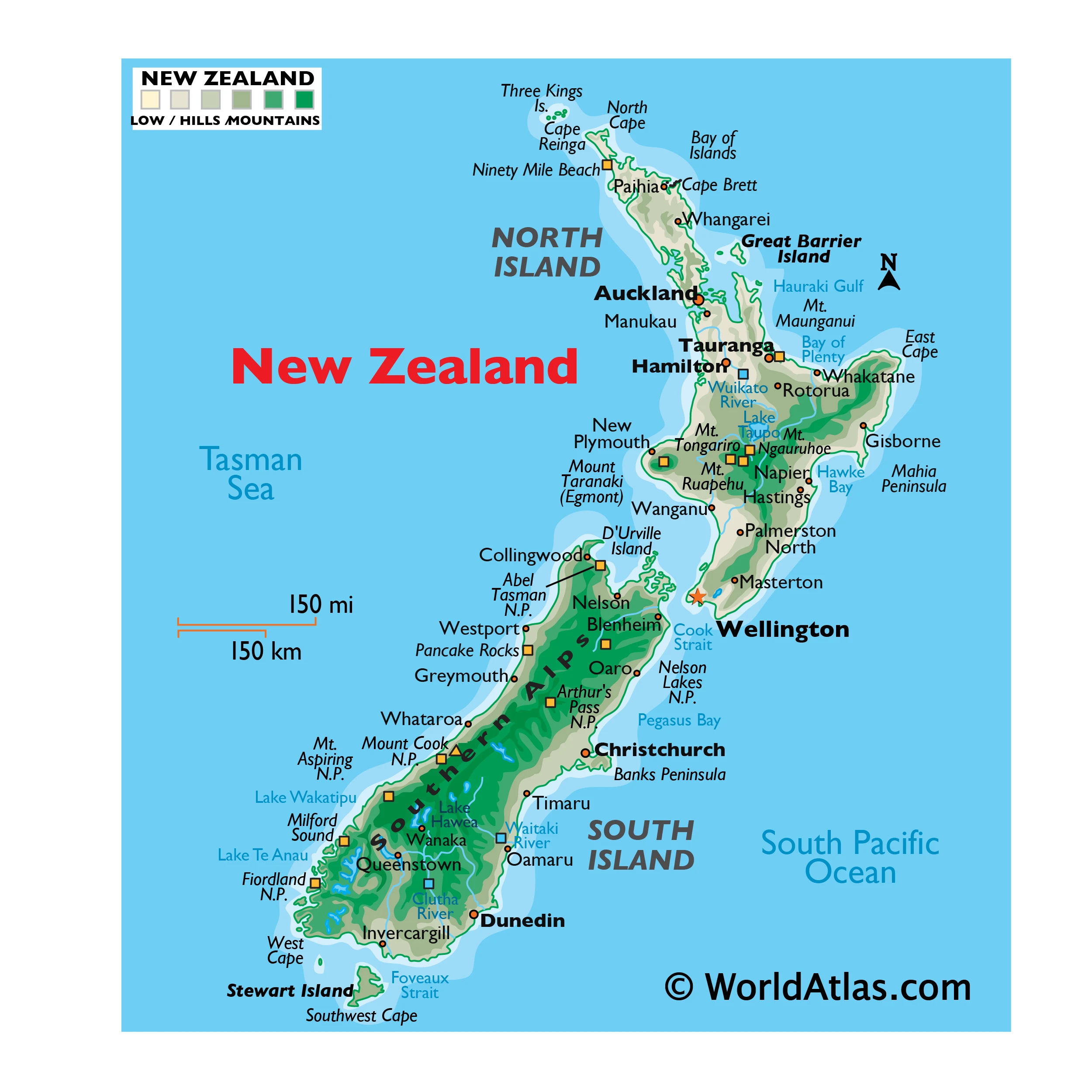
Often celebrated for its lush greenery and scenic landscapes, New Zealand is equally admired for its strong agricultural base particularly when it comes to meat.
Lamb is a national treasure, commonly enjoyed roasted with mint sauce or prepared with native Māori techniques in underground earth ovens called hāngī. But Kiwis don’t stop at lamb; beef, venison, pork, and even exotic meats like wild boar make frequent appearances on dinner tables.
What makes New Zealand unique is its approach to meat as a fresh, clean, and ethically raised food source, often served with minimal seasoning to let the natural flavors shine.
Seafood, too, holds an essential place in the national diet, particularly green-lipped mussels and snapper, giving coastal cuisine a lighter but still non-vegetarian twist. The country’s commitment to quality and sustainability in meat production earns New Zealand a well-deserved mention in the Top 10 Non Vegetarian Countries in the World.
7. France
- Average Meat Consumption: ~85–90 kg per person per year
- Known For: Duck confit, pâté, boeuf bourguignon, charcuterie
- Popular Meats: Duck, pork, beef, lamb, seafood
- Meat in Culture: Essential in haute cuisine and provincial cooking
- Culinary Influence: Emphasis on technique, slow cooking, regional diversity
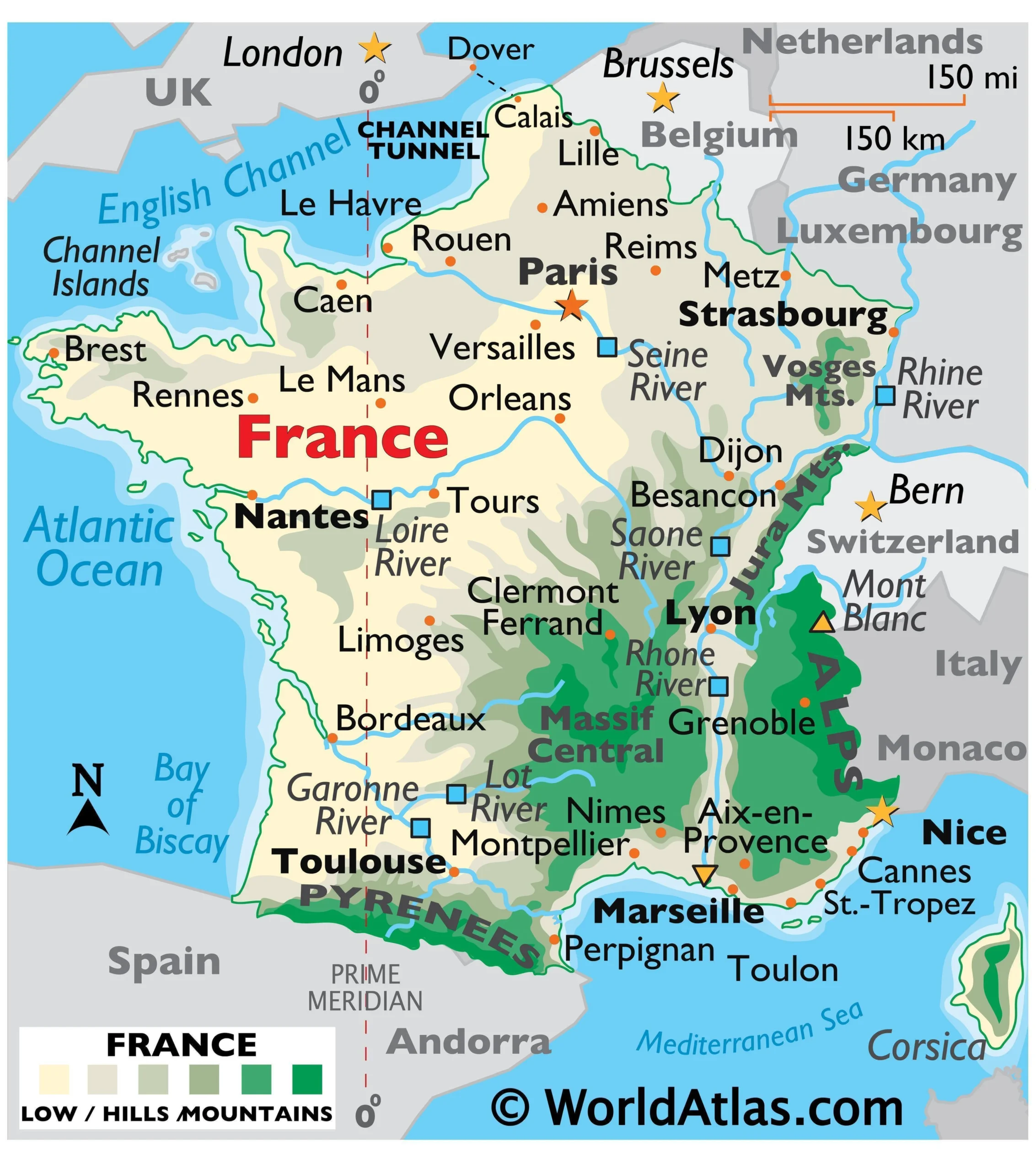
In France, food is inseparable from culture, and the role of meat in French cuisine cannot be overstated. Classic dishes like coq au vin, boeuf bourguignon, and cassoulet reveal a time-honored respect for slow-cooked, layered flavors.
Regional specialties vary wildly duck is favored in the southwest, lamb in Provence, and pork across Normandy. The country also excels in charcuterie, offering everything from terrines to pâtés, each prepared with painstaking care.
Meat is rarely rushed or overwhelmed with spices; instead, it’s allowed to evolve with herbs, wine, and stock over hours of careful cooking. Even in coastal cities like Marseille, bouillabaisse a seafood stew proves that animal protein is central in every region.
Among the Top 10 Non Vegetarian Countries in the World, France earns its place for transforming meat into refined, timeless experiences.
6. Germany
- Average Meat Consumption: ~88–90 kg per person per year
- Known For: Sausages (bratwurst, currywurst), schnitzel, pork knuckle
- Popular Meats: Pork, poultry, beef
- Meat in Culture: Central to daily meals, beer halls, and festivals
- Culinary Influence: Hearty, rustic dishes; strong sausage-making heritage
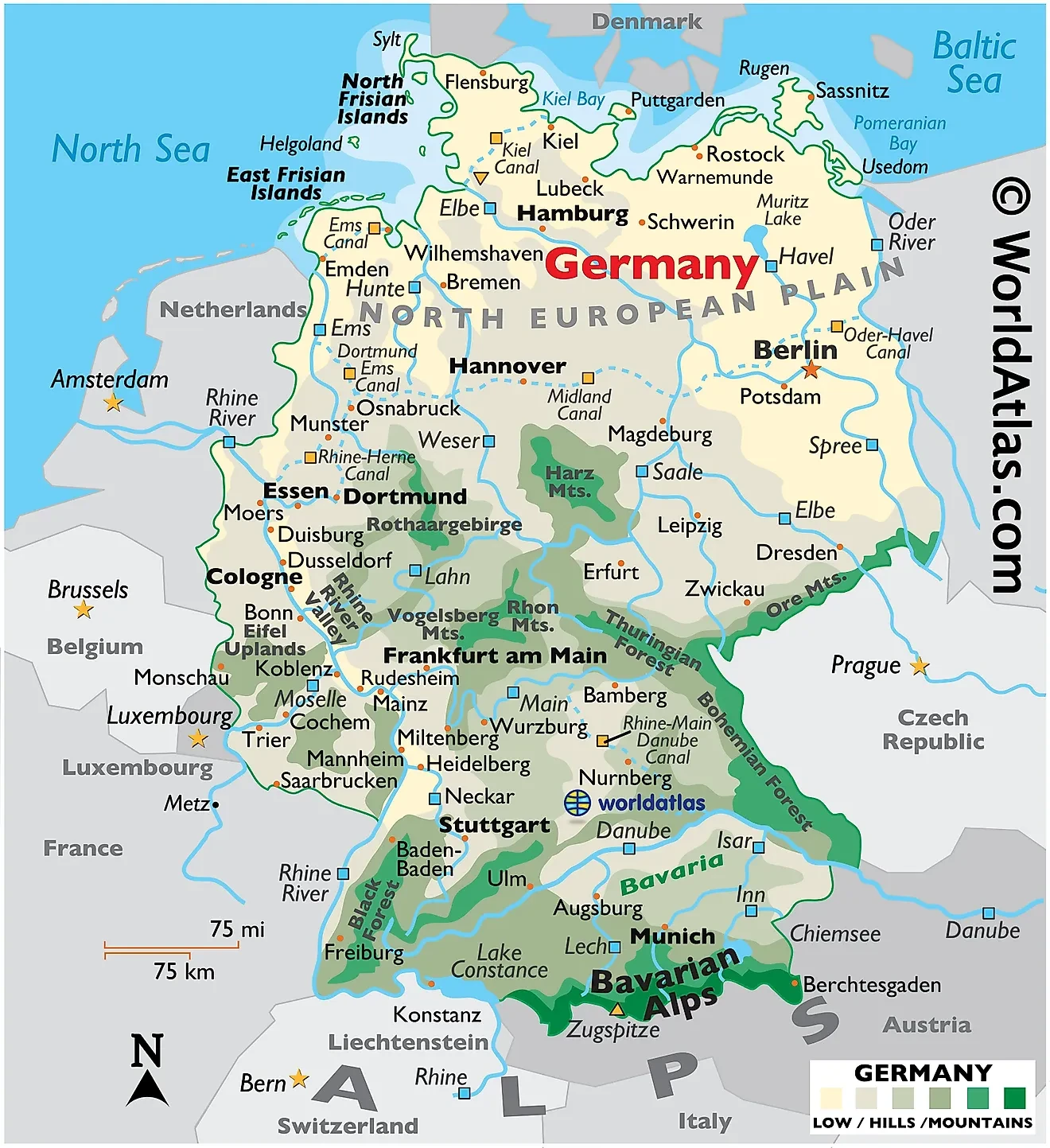
Germany’s meat culture is anything but subtle. From Oktoberfest feasts to everyday meals, meat especially pork dominates the national diet. With over 1,500 types of sausages, including bratwurst, knackwurst, and blutwurst, Germany offers a deep dive into centuries of meat-curing, smoking, and seasoning traditions.
Schnitzel, a breaded and fried meat cutlet, is a staple found in homes and restaurants alike. Meanwhile, heavier dishes like eisbein (pork knuckle) and leberkäse (a meatloaf-like deli item) showcase the German affinity for rustic, filling food.
But German meat culture is not confined to tradition—modern Germany embraces everything from American-style BBQ to Turkish döner kebabs, reflecting its multicultural society. With such a consistent and passionate approach to meat, Germany rightfully belongs on the list of the Top 10 Non Vegetarian Countries in the World.
5. Brazil
- Average Meat Consumption: ~95–100 kg per person per year
- Known For: Churrasco, feijoada, picanha (top sirloin cap)
- Popular Meats: Beef, pork, chicken, seafood (in coastal areas)
- Meat in Culture: Community BBQs and rodízio-style dining are traditions
- Culinary Influence: Regional diversity from Amazon to Southern plains
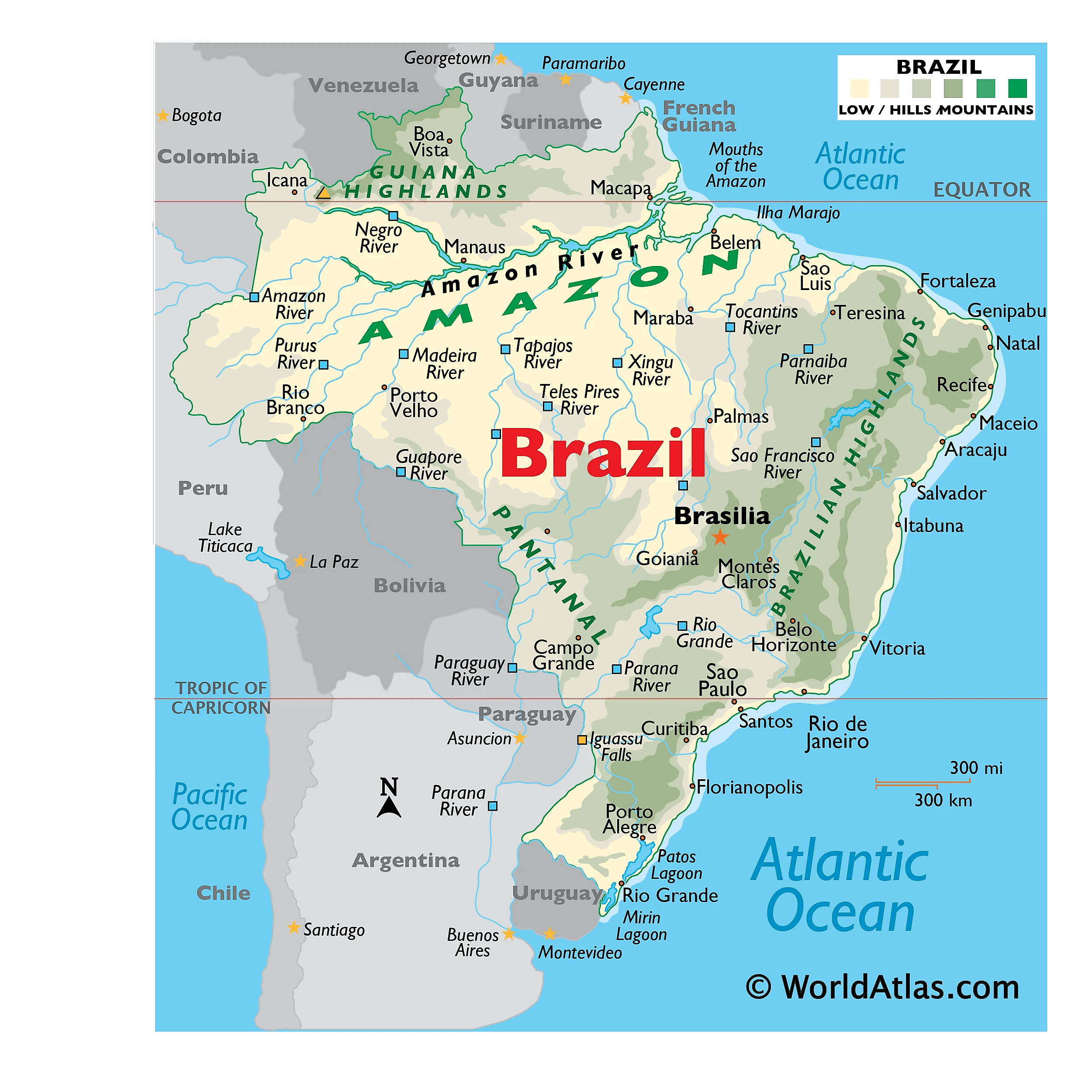
In Brazil, meat is not just a dietary preference it’s a celebration. The country’s iconic churrasco grilling tradition involves skewering large cuts of beef, pork, lamb, and chicken, slowly cooking them over open flames until they’re perfectly charred.
Meats are typically seasoned only with rock salt, allowing their natural richness to shine. In cities, high-end churrascarias offer unlimited cuts carved tableside, while in rural areas, community barbecues are part of daily life.
But Brazil’s culinary diversity extends beyond the grill: the national dish, feijoada, is a smoky black bean stew made with multiple pork parts, including ears, ribs, and sausage. Regional cuisines include Amazonian river fish, spicy Bahian seafood, and hearty meat pies from the south.
Brazil’s bold, flavorful embrace of meat earns it a solid spot among the Top 10 Non Vegetarian Countries in the World.
4. Spain
- Average Meat Consumption: ~100 kg per person per year
- Known For: Jamón ibérico, chorizo, cocido madrileño, tapas with meat
- Popular Meats: Pork, chicken, beef, seafood
- Meat in Culture: Strong tradition of cured meats and communal feasting
- Culinary Influence: Mediterranean and Moorish influences; festive meals
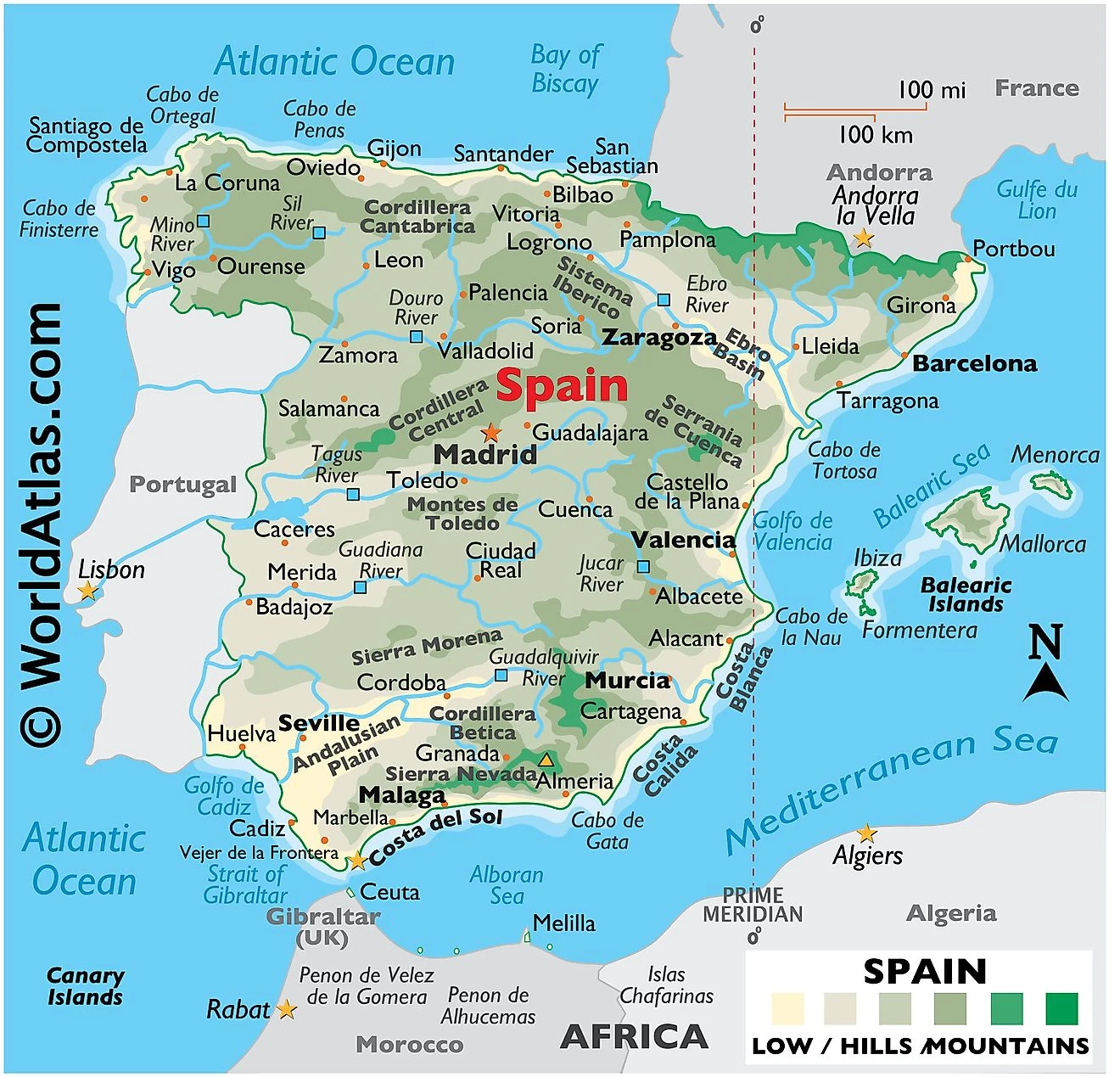
Spain’s food scene is often described as vibrant, and its relationship with meat is no exception. The crown jewel is undoubtedly jamón ibérico, a cured ham considered one of the finest meats in the world, often aged for years and sliced wafer-thin.
Spanish meals are deeply communal, and meat appears in various forms across tapas plates chorizo, morcilla, albóndigas (meatballs), and even grilled octopus. Spain’s inland regions excel at hearty meat dishes like cocido madrileño, while coastal zones lean into seafood stews and grilled shellfish.
Festivals often feature entire pigs or lambs roasted over open fires, and meat is rarely just an ingredient it’s the main event. This deep-rooted culinary identity solidifies Spain’s position within the Top 10 Non Vegetarian Countries in the World.
3. Argentina
- Average Meat Consumption: ~100–110 kg per person per year
- Known For: Asado, ribeye steak, empanadas, morcilla
- Popular Meats: Beef (especially grass-fed), pork, lamb
- Meat in Culture: BBQ is a national ritual; beef is symbolic of national pride
- Culinary Influence: Gaucho heritage and minimalist seasoning approach
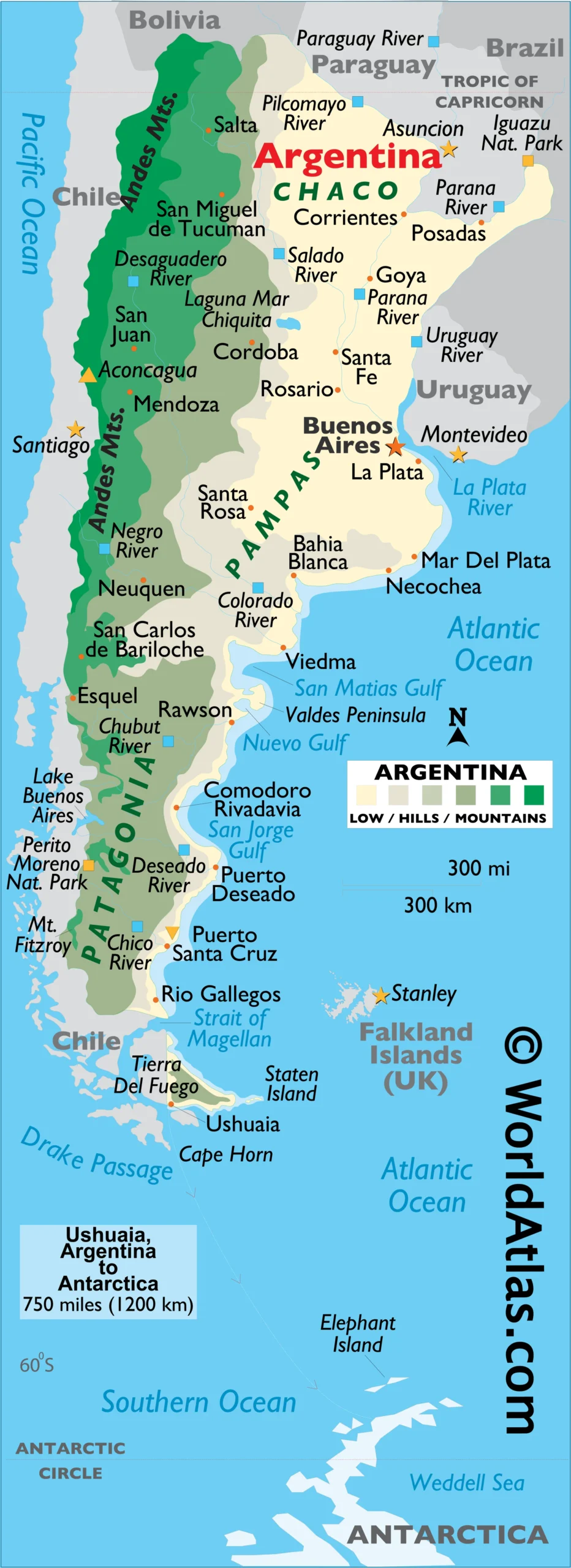
The asado, or traditional Argentine barbecue, is not only a method of cooking but a revered cultural event. Friends and families gather for hours-long meals, as cuts like bife de chorizo, costillas, and entraña sizzle over wood or charcoal.
Unlike fast-cooked Western barbecues, asados focus on patience, allowing the meat to slowly develop deep, smoky flavors. Argentine cattle are grass-fed, lending their meat a leaner texture and a uniquely rich taste.
But it’s not all beef Argentinians also enjoy sausages like morcilla and chorizo, plus empanadas stuffed with spiced meat. Here, meat is more than nutrition it’s a symbol of national pride.
That passion and craftsmanship make Argentina one of the most deserving countries on this list of the Top 10 Non Vegetarian Countries in the World.
2. Australia
- Average Meat Consumption: ~115–120 kg per person per year
- Known For: Lamb chops, kangaroo, seafood BBQ, snags (sausages)
- Popular Meats: Beef, lamb, chicken, game meat, seafood
- Meat in Culture: Backyard barbecues are a lifestyle; diverse meat dishes
- Culinary Influence: Blends Western and Asian flavors in modern cuisine
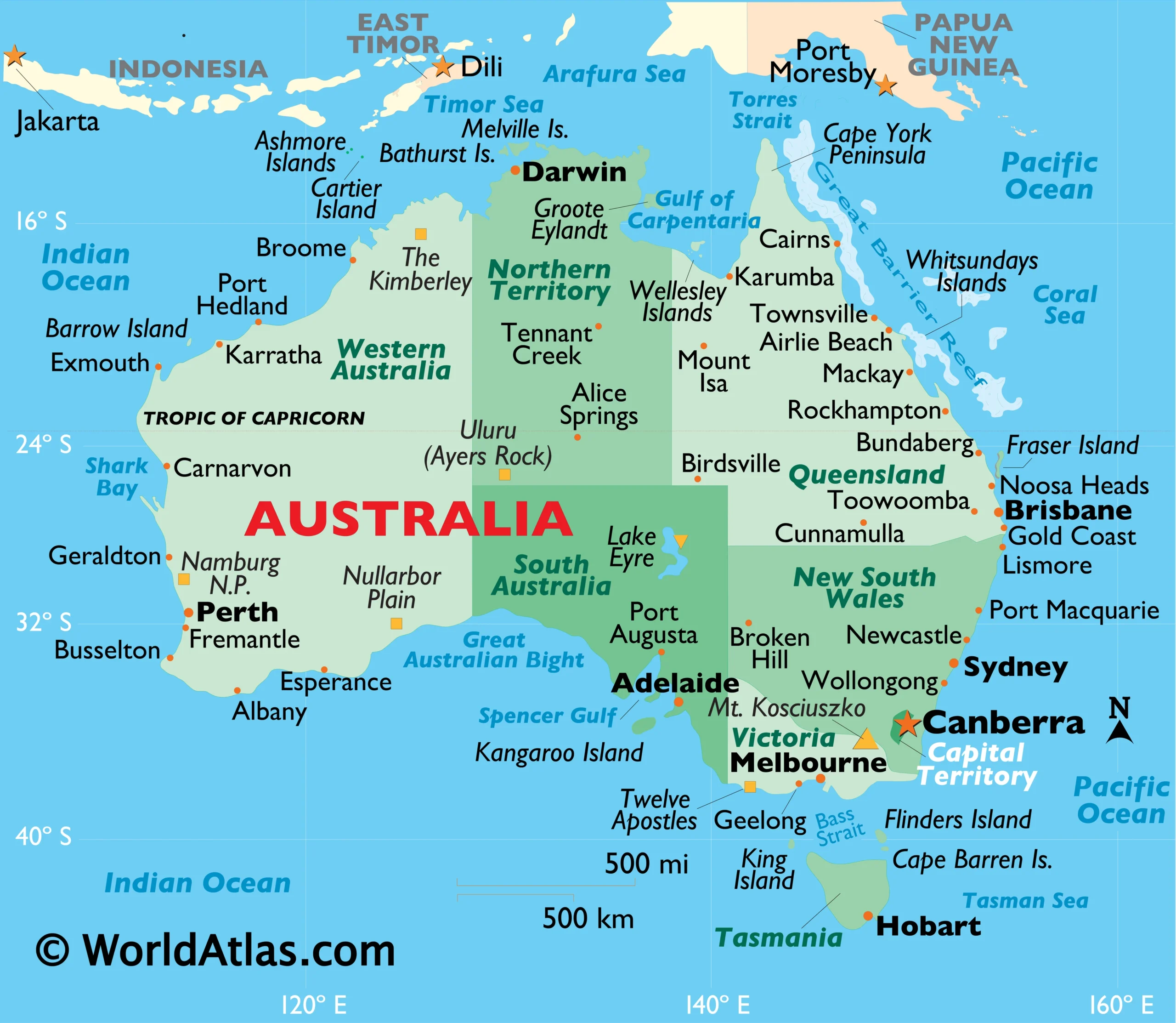
Australia combines rugged outback traditions with a modern, multicultural food scene, and the result is a meat lover’s paradise.
Grilled lamb chops, marinated steaks, snags (sausages), and even kangaroo are enjoyed in both homes and high-end restaurants. The iconic Australian BBQ isn’t limited to beef and pork it often includes fresh prawns, barramundi, and even crocodile.
In urban areas, Asian and Mediterranean influences bring diversity to meat dishes, with kebabs, stir-fries, and curries being everyday meals. Australians are also conscious consumers, often opting for organic, free-range, and ethically sourced meats.
Their commitment to quality, combined with an adventurous palate, places Australia high on the chart of the Top 10 Non Vegetarian Countries in the World.
1. United States
- Average Meat Consumption: ~120–125 kg per person per year
- Known For: Burgers, steaks, fried chicken, BBQ ribs, hot dogs
- Popular Meats: Beef, chicken, pork, turkey, seafood
- Meat in Culture: Essential to holidays (e.g., Thanksgiving turkey), fast food, and grilling culture
- Culinary Influence: Regional BBQ styles; global meat dishes from immigrant communities
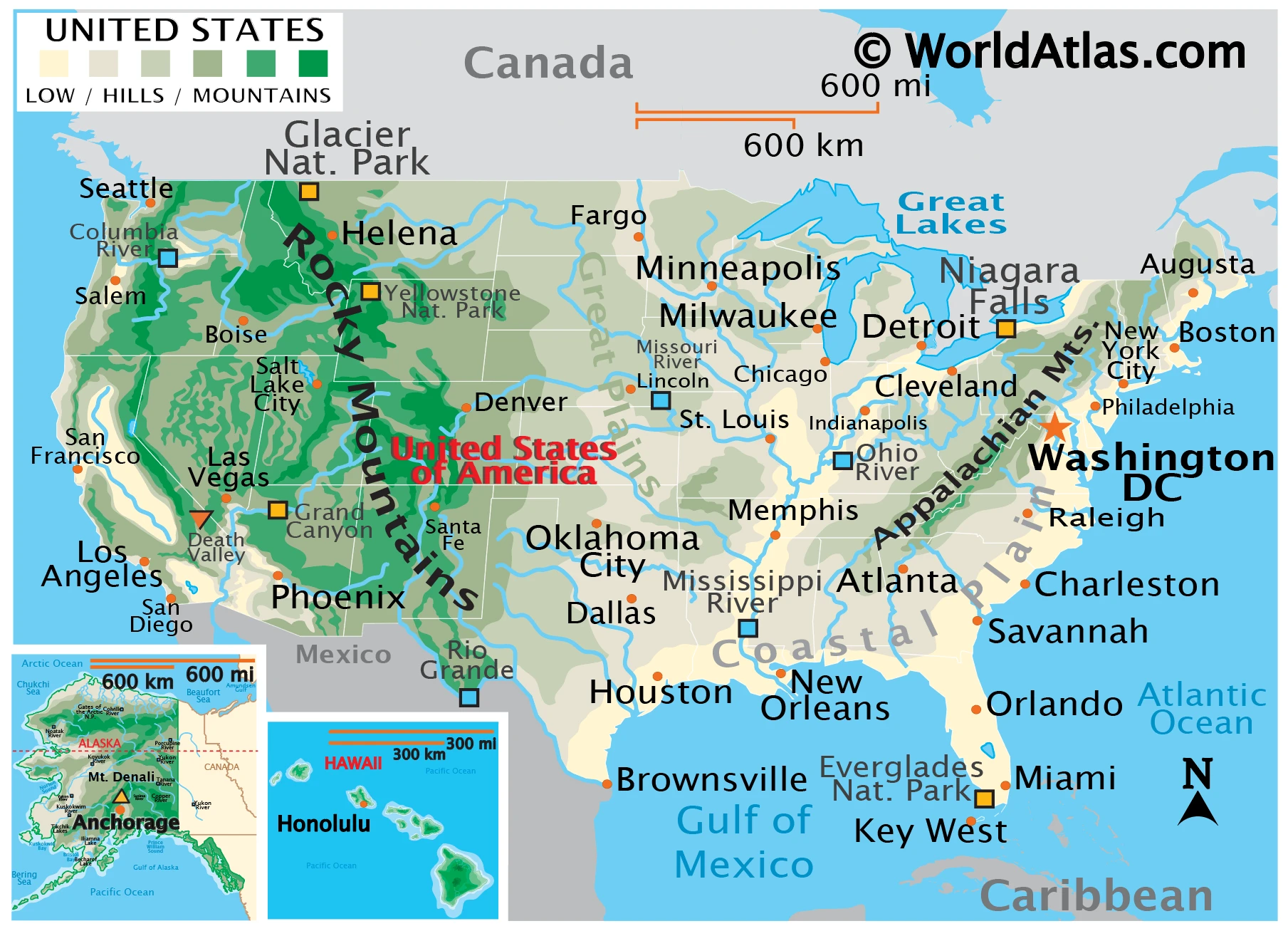
The United States leads the Top 10 Non Vegetarian Countries in the World, not just in sheer quantity of meat consumed, but in the cultural and economic role that meat plays in daily life.
From smoky Southern brisket to Chicago-style hot dogs, New York’s pastrami, and Midwestern fried chicken, every region contributes its own signature dishes to a collective carnivorous identity.
The U.S. is also the birthplace of the global fast-food meat craze, exporting burgers, fried chicken, and ribs to nearly every continent. But beyond fast food, America’s meat culture thrives in backyards, street food scenes, food trucks, and gourmet steakhouses.
Whether it’s Thanksgiving turkey, buffalo wings on game day, or pork ribs at a summer cookout, meat is an integral part of American life. With its unmatched diversity, innovation, and consumption, the United States rightfully claims the number one spot.
Conclusion – Top 10 Non Vegetarian Countries in the World
After examining the Top 10 Non Vegetarian Countries in the World, it becomes clear that meat is more than just a dietary choice it’s a deep-rooted cultural identity in many regions.
From the rich barbecue traditions of the United States to Argentina’s legendary asados and Spain’s world-famous cured meats, each country on this list has a unique relationship with meat that shapes its cuisine, economy, and lifestyle.
These Top 10 Non Vegetarian Countries in the World not only lead in meat consumption but also in innovation, flavor, and culinary artistry. Whether it’s grilled, roasted, cured, or stewed, meat in these countries is celebrated with passion and pride.
List of Top 10 Non Vegetarian Countries in the World
This table presents a detailed overview of the Top 10 Non Vegetarian Countries in the World, comparing their average meat consumption, the percentage of meat-eating population, and iconic dishes. This Top 10 Non Vegetarian Countries in the World demonstrates an extraordinary culinary commitment to non-vegetarian cuisine.
| Rank | Country Name | Avg. Meat Consumption (kg/person/year) | % of Population Eating Non-Veg | Non-Vegetarian Population | Popular Meats | Signature Dishes |
|---|---|---|---|---|---|---|
| 1 | United States | ~120–125 | ~97% | ~323 million | Beef, chicken, pork, turkey | BBQ Ribs, Burgers, Fried Chicken, Steak |
| 2 | Australia | ~115–120 | ~93% | ~24 million | Beef, lamb, seafood, kangaroo | Aussie BBQ, Lamb Chops, Kangaroo Steaks |
| 3 | Argentina | ~100–110 | ~96% | ~44 million | Beef, pork, sausages | Asado, Ribeye Steak, Empanadas |
| 4 | Spain | ~100 | ~94% | ~44 million | Pork, seafood, chicken | Jamón Ibérico, Chorizo, Cocido Madrileño |
| 5 | Brazil | ~95–100 | ~93% | ~196 million | Beef, pork, chicken | Churrasco, Feijoada, Picanha |
| 6 | Germany | ~88–90 | ~92% | ~76 million | Pork, beef, chicken | Bratwurst, Schnitzel, Currywurst |
| 7 | France | ~85–90 | ~89% | ~60 million | Duck, pork, beef, seafood | Coq au Vin, Duck Confit, Boeuf Bourguignon |
| 8 | New Zealand | ~85–90 | ~95% | ~4.9 million | Lamb, beef, venison, pork | Roast Lamb, Hāngī, Venison Steaks |
| 9 | Canada | ~80–85 | ~91% | ~34 million | Beef, pork, game meat, salmon | Smoked Meat, Tourtière, BBQ Ribs |
| 10 | Italy | ~80–85 | ~90% | ~54 million | Pork, beef, veal, seafood | Osso Buco, Porchetta, Prosciutto |
FAQs Top 10 Non Vegetarian Countries in the World
Which country consumes the most meat in the world?
The United States tops the global chart with the highest per capita meat consumption, including beef, chicken, pork, and turkey.
What makes a country non-vegetarian?
A non-vegetarian country is one where the majority of the population regularly consumes meat, poultry, or seafood as part of their diet.
Why is Argentina known for its meat culture?
Argentina is famous for its asado (barbecue), grass-fed beef, and deep-rooted grilling traditions that are central to its culture.
Is meat consumption linked to culture and tradition?
Yes, in many countries meat is tied to festivals, rituals, and family gatherings, making it a significant cultural component.
Which European country is most famous for cured meats?
Spain is globally known for its cured meats, especially jamón ibérico and chorizo, both staples of Spanish cuisine.
Do all high meat-consuming countries eat the same types of meat?
No, different countries prefer different meats—beef in Argentina, pork in Germany, lamb in New Zealand, and chicken in the U.S.
What role does barbecue play in meat-eating cultures?
Barbecue is often a communal, celebratory way of cooking meat in countries like the U.S., Brazil, and Australia.
How does religion affect meat consumption?
Religion influences dietary choices in many countries, but the top non-vegetarian countries generally have secular or meat-inclusive food cultures.
Which country is famous for eating the most beef?
Argentina is one of the top consumers of beef per capita, with beef being a daily staple for many households.
Is seafood considered non-vegetarian?
Yes, seafood is a type of animal protein and is included in non-vegetarian diets in many countries like Italy, Japan, and Spain.
Are there vegetarian-friendly dishes in non-vegetarian countries?
Absolutely. Even meat-heavy countries like France, the U.S., and Brazil offer a variety of vegetarian options.
What is churrasco and where is it popular?
Churrasco is a style of barbecue that originated in Brazil, featuring various meats grilled on skewers over open flames.
Do climate and geography affect meat consumption?
Yes, colder regions tend to rely more on animal protein for energy, while coastal areas incorporate more seafood into their diets.
Why do Australians eat kangaroo meat?
Kangaroo meat is lean, sustainable, and locally abundant, making it a popular and environmentally conscious choice in Australia.
Is meat consumption rising or falling globally?
In some developed countries it’s stabilizing or falling due to health and environmental concerns, but it’s rising in many developing nations.
Which country is best known for beef steaks?
The United States and Argentina are both globally recognized for high-quality, flavorful beef steaks.
How does meat consumption influence local economies?
In many countries, meat industries support millions of jobs in farming, processing, and food service sectors.
Do non-vegetarian countries export meat globally?
Yes, countries like the U.S., Brazil, and Australia are among the largest meat exporters in the world.
Are there any health concerns with high meat consumption?
Excessive meat intake can be linked to heart disease and cholesterol, but moderation and lean meats reduce risks.
What country has the most diverse meat-based cuisine?
France and the United States are known for diverse meat-based dishes influenced by regional and international flavors.
Quick Recap of Top 10 Non Vegetarian Countries in the World
- United States
- Australia
- Argentina
- Spain
- Brazil
- Germany
- France
- New Zealand
- Canada
- Italy
This list of the Top 10 Non Vegetarian Countries in the World highlights nations where meat is not just food, but a cultural staple.
From smoky American BBQs to Argentina’s legendary asado and Italy’s time-honored cured meats, the Top 10 Non Vegetarian Countries in the World represent the rich diversity of global meat-based cuisines.
Whether you’re a food lover or simply curious, exploring the Top 10 Non Vegetarian Countries in the World offers a flavorful journey through tradition, taste, and culinary heritage.
